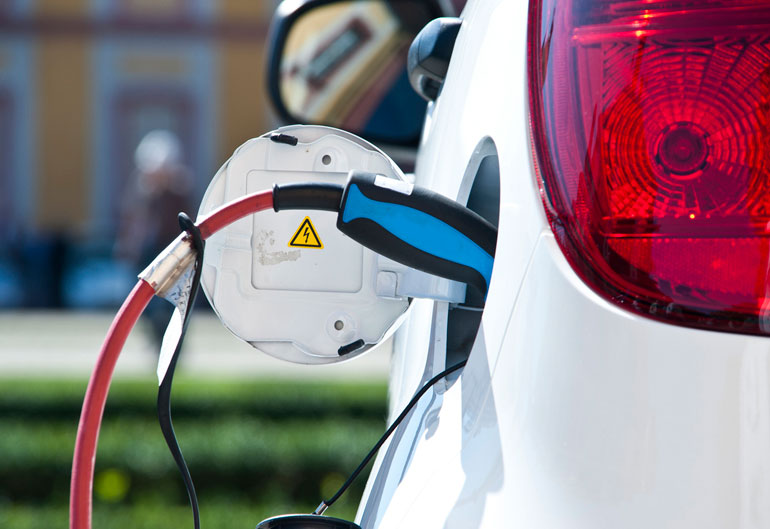Large strides in wireless charging technology are primed to boost electric car appeal.
The US Department of Energy has demonstrated a 20 kW wireless charging system achieved 90 per cent efficiency at three times the rate of the plug-in systems commonly used for an electric car today.
The researchers from the Oak Ridge National Laboratory (ORNL) in Tennessee developed a unique architecture that included an inverter, isolation transformer, vehicle-side electronics and coupling technologies, which they integrated into an electric Toyota RAV4 equipped with an additional 10 kW hour battery.
“We have made tremendous progress from the lab proof-of-concept experiments a few years ago,” said Madhu Chinthavali from the ORNL Power Electronics Team.
“We have set a path forward that started with solid engineering, design, scale-up and integration into several Toyota vehicles. We now have a technology that is moving closer to being ready for the market.”
Their next target is 50 kW wireless charging, which would match the power levels of commercially available plug-in quick chargers. They believe providing the same speed with the convenience of wireless charging could increase consumer acceptance of electric vehicles and be a key enabler for hands-free, autonomous vehicles. Higher power levels are also essential for powering larger vehicles such as trucks and buses.
Chinthavali said as their system advances to higher power levels, one of their chief considerations is safety.
“The high-frequency magnetic fields employed in power transfer across a large air gap are focused and shielded,” he said.
“This means that magnetic fringe fields decrease rapidly to levels well below limits set by international standards, including inside the vehicle, to ensure personal safety.”
While the team’s initial focus has been static, or motionless, wireless charging, they are also evaluating and demonstrating the system’s dynamic charging capabilities. Vehicle Systems Program Manager David Smith described the technology as a stepping stone toward electrified roadways where vehicles could charge on the go.
How it works
The technology behind wireless charging uses two pads. The transmitting pad on the ground contains a coil generating a magnetic field of a certain frequency. The receiving pad is attached to the bottom of the car and tuned to oscillate at the same frequency as the transmitting pad. The magnetic field generates a current in the receiving coil, charging the vehicle’s battery.



